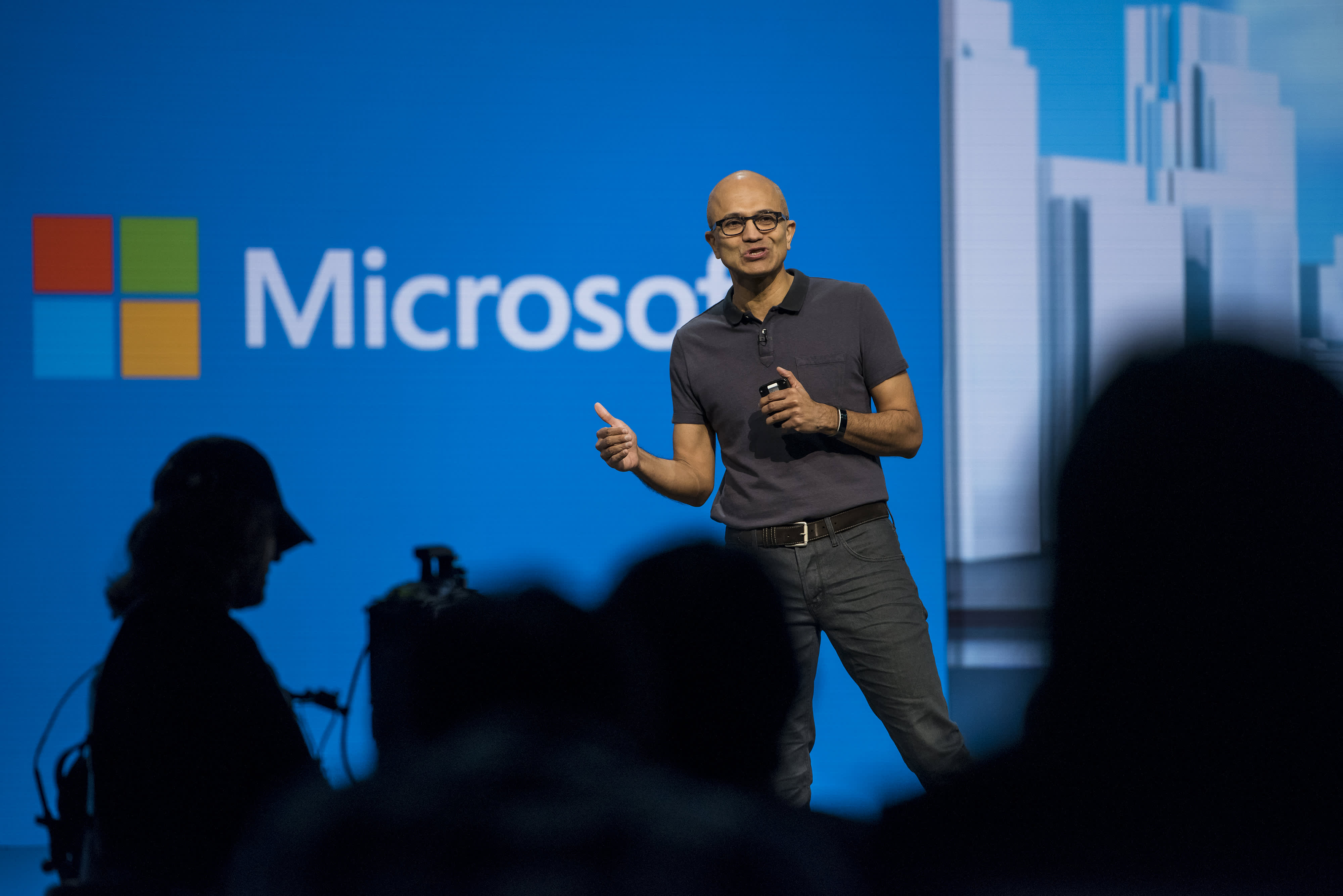Intel’s December earnings showed significant declines in the company’s sales, profit, gross margin, and outlook, both for the quarter and the full year.
Investors hated it, sending the stock over 9% lower in extended trading, despite the fact that Intel did not cut its dividend.
related investing news
The earnings report, which was the eighth under CEO Pat Gelsinger’s leadership, shows a legendary technology company struggling with many factors outside of its control, including a deeply slumping PC market. It also highlights some of Intel’s current issues with weak demand for its current products and inefficient internal performance, and underscores how precarious the company’s financial health has become.
“Clearly, the financials aren’t what we would hoped,” Gelsinger told analysts.
In short: Intel had a difficult 2022, and 2023 is shaping up to be tough as well.
Here are some of the most concerning bits from Intel’s earnings report and analyst call:
Weak and uncertain guidance
Intel didn’t give full-year guidance for 2023, citing economic uncertainty.
But the data points for the current quarter suggest tough times. Intel guided for about $11 billion in sales in the March quarter, which would be a 40% year-over-year decline. Gross margin will be 34.1%, a huge decrease from the 55.2% in the same quarter in 2021, Gelsinger’s first at the helm.
But the biggest issue for investors is that Intel guided to a 15 cent non-GAAP loss per share, a big decline for a company that a year ago was reporting $1.13 in profit per share. It would be the first loss per share since last summer, which was the first loss for the company in decades.
An inventory glut
Management gave several reasons for the tough upcoming quarter, but one theme that came through was that its customers simply have too many chips and need to work through inventory, so they won’t be buying many new chips.
Both the PC and server markets have slowed after a two-year boom spurred by remote work and school during the pandemic. Now, PC sales have slowed and the computer makers have too many chips. Gelsinger is predicting PC sales during the year to be around 270 million to 295 million — a far cry from the “million units-a-day” he predicted in 2021.
Now, Intel’s customers have to “digest” the chips they already have, or “correct” their inventories, and the company doesn’t know when this dynamic will shift back.
“While we know this dynamic will reverse, predicting when is difficult,” Gelsinger told analysts.
Dropoff in gross margin
Underpinning all of this is that Intel’s gross margin continues to decline, hurting the company’s profitability. One issue is “factory load,” or how efficiently factories run around the clock. Intel said that its gross margin would be hit by 400 basis points, or 4 percentage points, because of factories running under load because of soft demand.
Ultimately, Intel forecasts a 34.1% gross margin in the current quarter — a far cry from the 51% to 53% goal the company set at last year’s investor day. The company says it’s working on it, and the margin could get back to Intel’s goal “in the medium-term” if demand recovers.
“We have a number of initiatives under way to improve gross margins and we’re well under way. When you look at the $3 billion reduction [in costs] that we talked about for 2023, 1 billion of that is in cost of sales and we’re well on our way to getting that billion dollars,” Gelsinger said.
The not-so-bad news: Dividend and self-driving
Long-term investors have always closely watched how the company balances the near-term need to placate shareholders with the massive capital spending needed to stay competitive in the semiconductor manufacturing business.
If Intel is cutting costs and still needing to invest in chip factories to power its turnaround, analysts say it may want to reconsider its dividend. Intel spent $6 billion on dividends in 2022, but did not cut its dividend on Thursday.
Meanwhile, the company said it wants to cut $3 billion in costs for 2023 and analysts believe it wants to spend around $20 billion in capital expenditures to build out its factories.
Gelsinger was asked about this dynamic on Thursday.
“I’d just say the board, management, we take a very disciplined approach to the capital allocation strategy and we’re going to remain committed to being very prudent around how we allocate capital for the owners and we are committed to maintaining a competitive dividend,” Gelsinger replied.
There was at least one bright spot for Intel on Thursday.
Mobileye, its self-driving subsidiary that went public during the December quarter, reported earlier in the day, showing adjusted earnings per share of 27 cents and revenue growth of 59%, to $656 million. It also forecast strong 2023 revenue of between $2.19 billion and $2.28 billion. Shares rose nearly 6% during regular trading hours Thursday.




